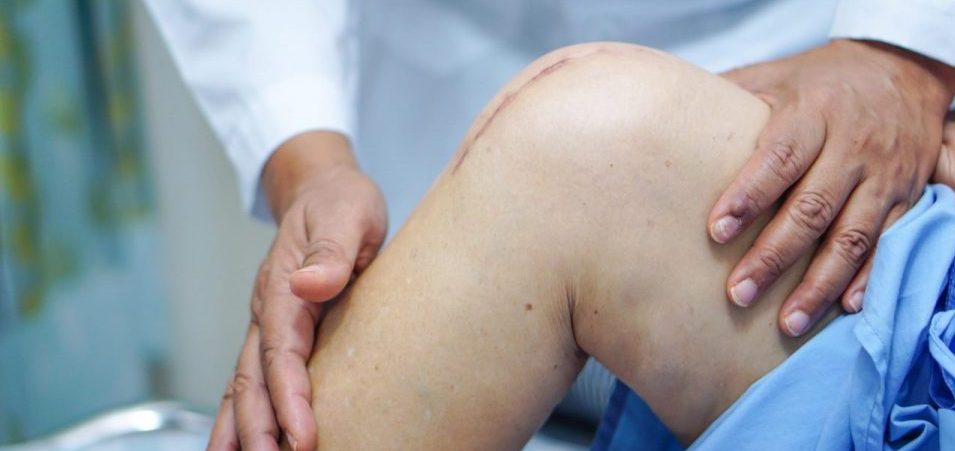Written by Dhara Shah PT, DPT, OCS
The decision to get a total knee replacement can be a process. Initially, you notice knee pain, but it does not change your daily routine. Then, you notice it affecting the things you enjoy doing – playing golf, going for long walks, or difficulty getting off the floor after playing with your grandkids. You go to the orthopedic surgeon, and he says “you’re eventually going to have to get a total knee placement”. You consult with your physical therapist, try conservative treatment to improve your quality of life or even “prehab” before surgery, and then you finally decide it’s time.
You undergo surgery, and you “get it fixed” – VOILÁ! It’s almost like magic… but, you still have pain. Your body has dealt with the knee pain for so long, and your expectation is that it should be gone after receiving a new knee. This is the part where your physical therapist comes into play. This is what we call postoperative pain, and it can be effectively managed in physical therapy. Many people call us “physical torturers”, but I would beg to differ. One of my initial goals during those first weeks after surgery is to DECREASE and manage pain.
Here are some ways I manage postoperative pain:
- Patient Education: An important part of managing pain is teaching our patients on pain and tissue healing. Knowing the timeline and rehabilitation process can help you understand why pain is present after surgery. Also, patient education on ways you can help decrease pain at home is important. How to sleep? How to sit? How to walk? Those are all important factors I discuss to decrease pain with activities at home and are individualized to you.
- Cryotherapy: We utilize the Game Ready Ice Machine in the clinic. It creates a constant flow of cold water and compression to the targeted area. It can help manage pain, temporarily, and assist in decreasing the use of pain medication that can be hard on your stomach. For home, I recommend patients utilize a bag of frozen vegetables or make a DIY gel ice pack with 1 cup of rubbing alcohol and 2 cups of water in a ziploc bag and place in the freezer. Make sure to not place ice directly on skin and wrap a pillowcase over ice or frozen vegetable of choice; 10-15 minutes, especially after performing your home exercise program.
- Manual Therapy: Manual lymphatic drainage, soft tissue mobilization, and joint mobilization are all techniques we utilize to decrease pain and swelling. I focus on these techniques to allow patients to relax their muscles, improve range of motion, and improve the muscles ability to function properly during functional daily activities. Manual therapy combined with carefully selected exercises helps accelerate the recovery process allowing patients to return to their favorite activities pain free.
The mechanisms of postoperative pain are unique and the consequences are specific to the patient. It is more complex than you may think, and it requires more than just simply taking opioids or other pain medications. It is important to realize that postoperative pain management not only can make you feel better, but the treatment of the pain symptoms can actually enhance your recovery, and improve the entire rehabilitation process.
I love helping my patients get back to golf, walking, or playing with their grandkids. I am a huge believer that managing your pain effectively in the first weeks of rehabilitation can help us get you back to those activities even quicker!


Recent Comments